I was born in the UK and spent some of my youth there, but Toronto became my home while I was still a child. Since then, I’ve been to many other countries but always lived in Toronto. I can’t quite explain why I’ve never moved, other than to say it’s a comfortable place to live, large enough to offer most of the benefits of a big city, but small enough to avoid the problems. At least, thus far.
In the early 1960s a rush of development started in Toronto that has continued to this day. In the process, much of the older architecture was replaced by modern skyscrapers. When the replacement started, I was too young to have much appreciation for the need to document what the city looked like. As a university student in the mid 1970s, I started to document a little of the process of change as well as some older buildings that remained.
In the 1980s, the City Council finally recognized the value of some of the older buildings and began taking measures to preserve them, producing some interesting contrasts between wildly differing styles of architecture.
Perhaps the best example of preservation of the old city is in the University of Toronto which sits about a mile from the financial centre. That places the university in the centre of the city and makes it an oasis of calm in the midst of a very busy downtown.
The university is quite large, covering approximately half a square mile and comprising over a hundred buildings.
Even the university has its ugly duckling. The university library, sarcastically called “Fort Book” by the students, is one of Toronto’s more obvious examples of brutalist architecture.
Some old buildings have modern additions. They can fit, in other others look quite strange.
Today, despite the City Council’s attempts to the preserve some of the old, Toronto has a skyline typical of most large cities, dominated by the Toronto icon of the 1970s, the CN Tower.
Which sometimes seems to be in view, no matter where you look.
But it mostly it looks like an extended Canary Wharf, an addition to London that I apologize for on behalf of Toronto. (The original developer, Olympia and York, was a Toronto based company.)
Like any big(ish) city, Toronto also has its interesting and odd neighbourhoods.
But the stark modernist architecture can also provide interesting photo opportunities.
Our seasons also provide some fun photo experiences.
Yes, that is ice in the harbour, it was as cold as it looks, about minus 20C if I remember correctly. The shot was taken from one of two ferries outfitted as icebreakers. They provide a connection to the city for the residents on the island we’re heading to. Canadians call our country “The Great White North” for good reason.
Ultimately, the city has settled into a model of using old architecture, where there’s an option, by keeping the shell of the building and replacing everything else. It’s a good compromise that keeps the character of neighbourhoods intact while keeping amenities up to date.
The photos above were taken over a period of more than forty years, which accounts for the wide variety of cameras and lenses used. I’ve traded up for a very long time by returning a well-used but sometimes fairly new camera to move on to something new. I like the challenge of changing equipment as much as the

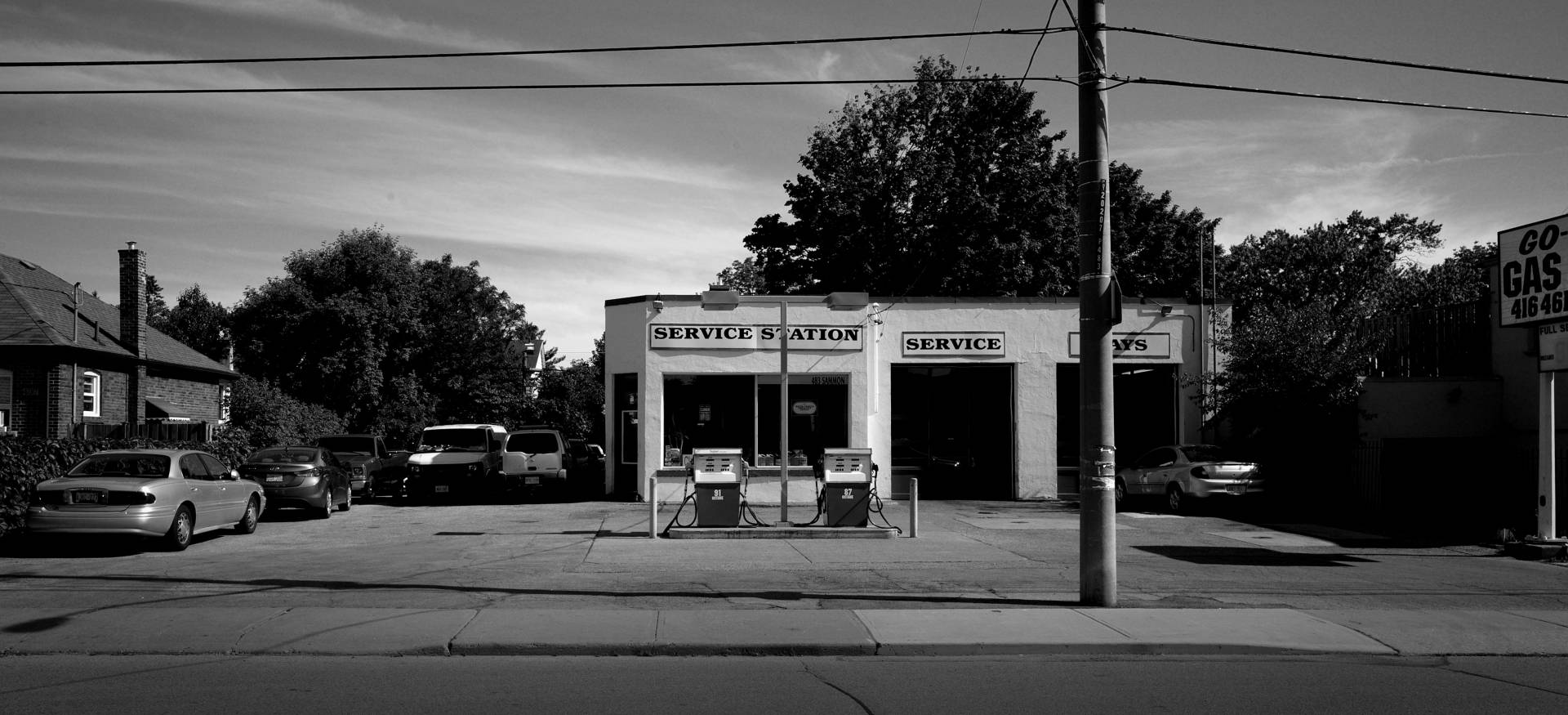


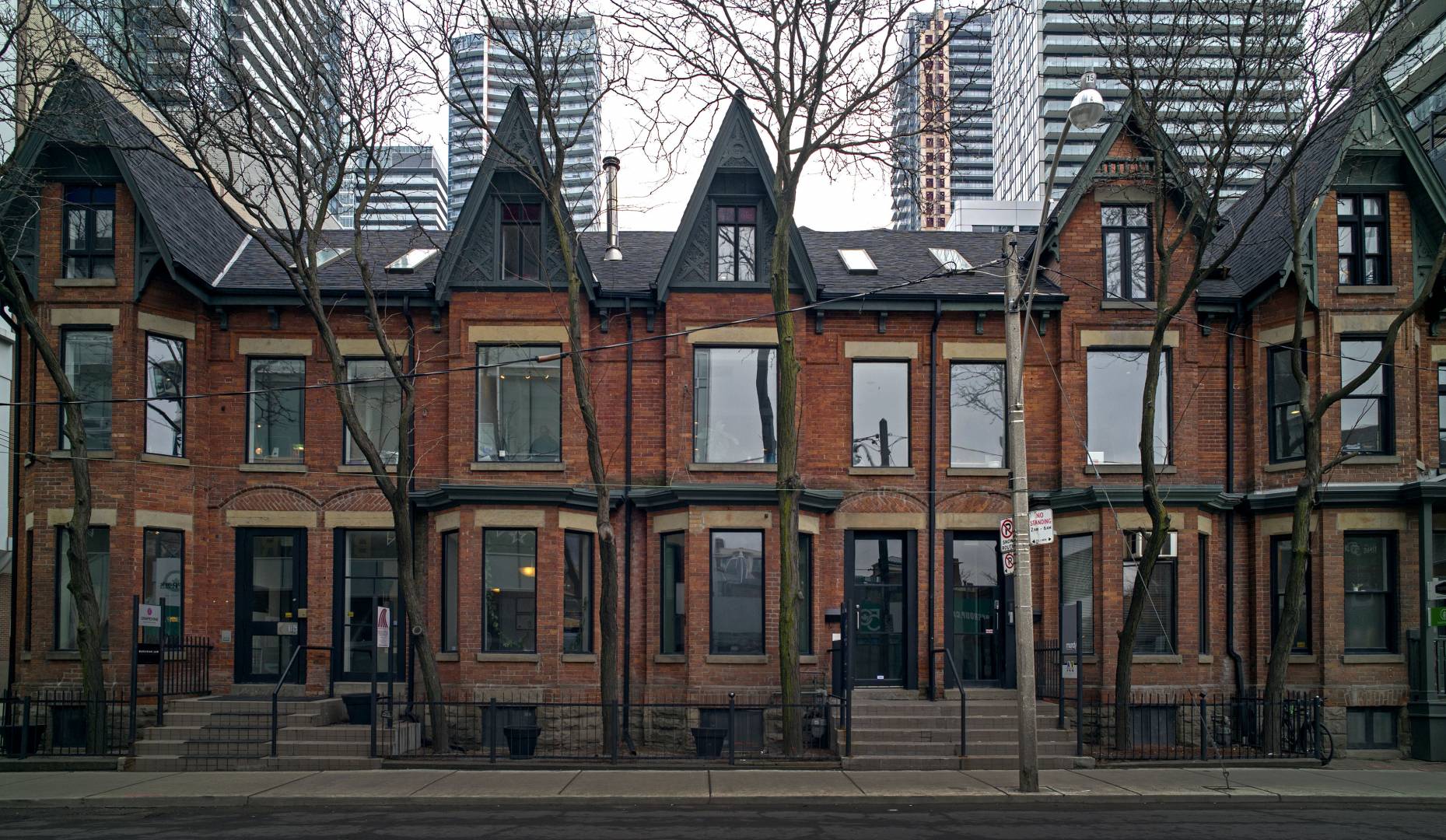
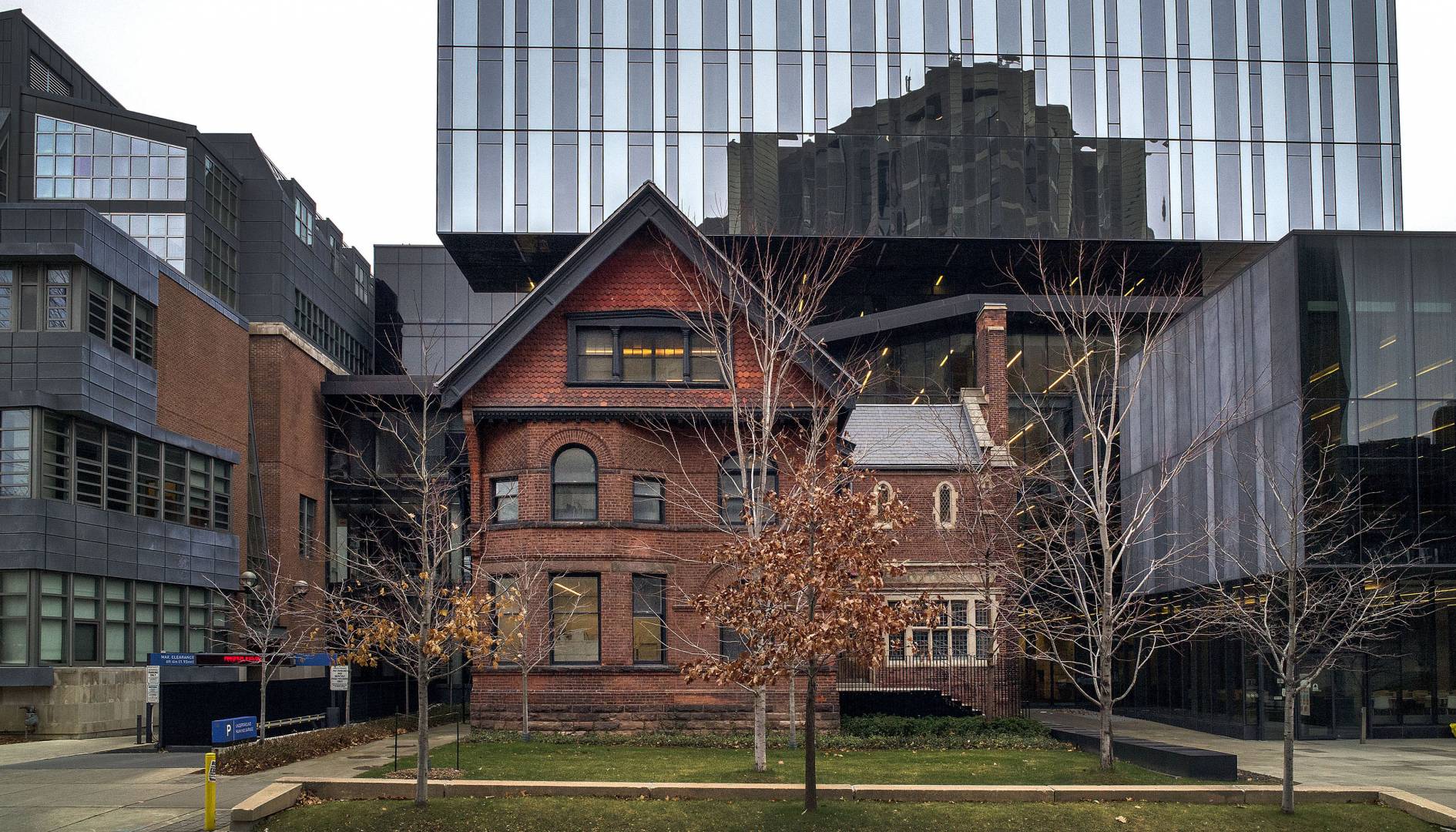

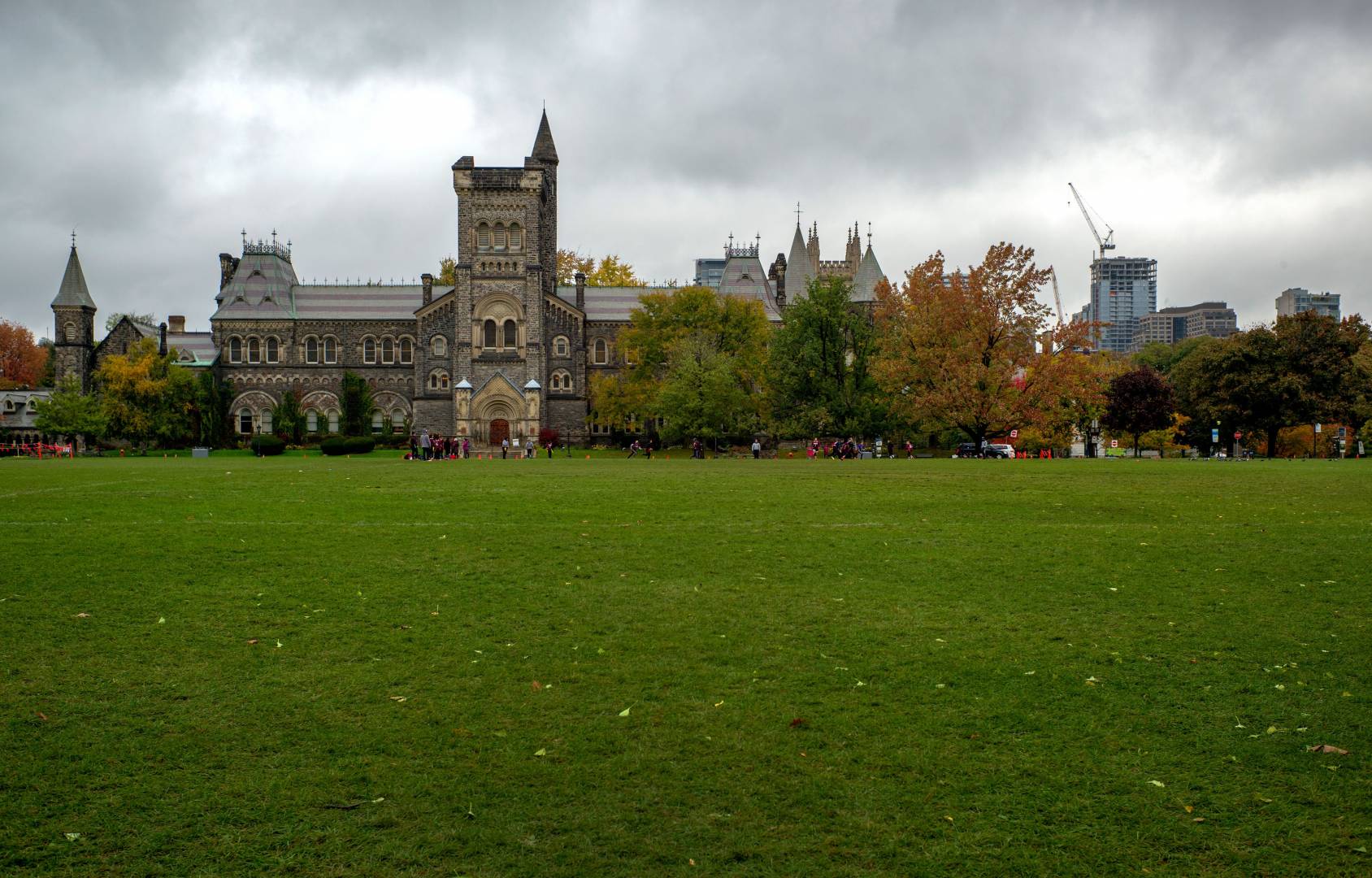


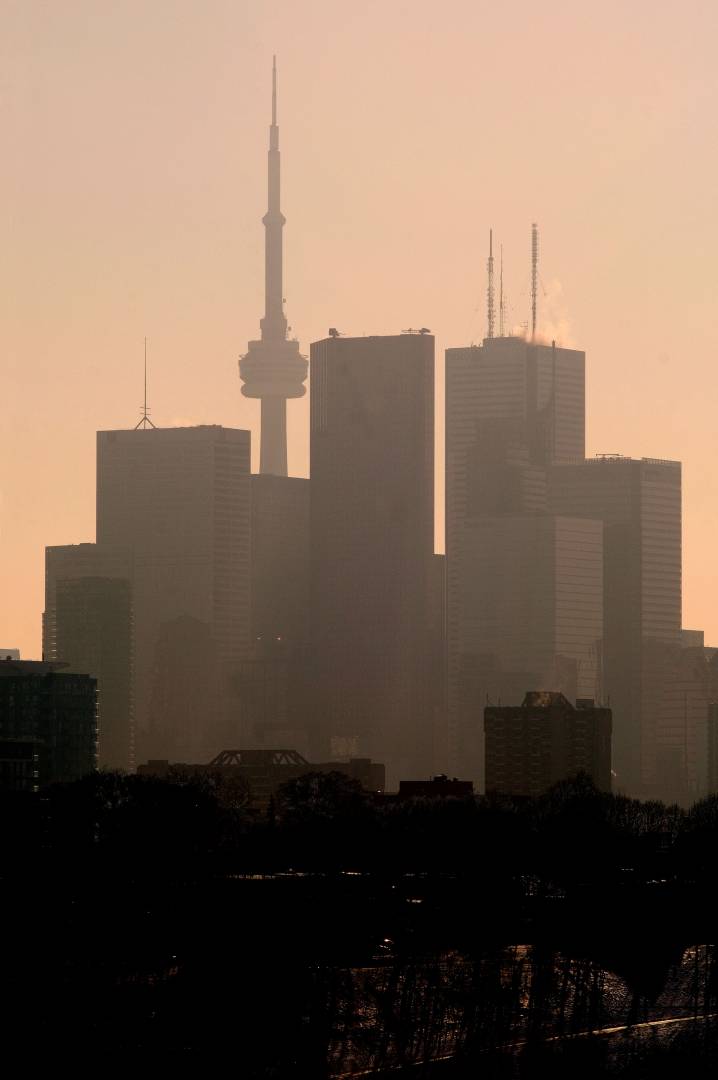









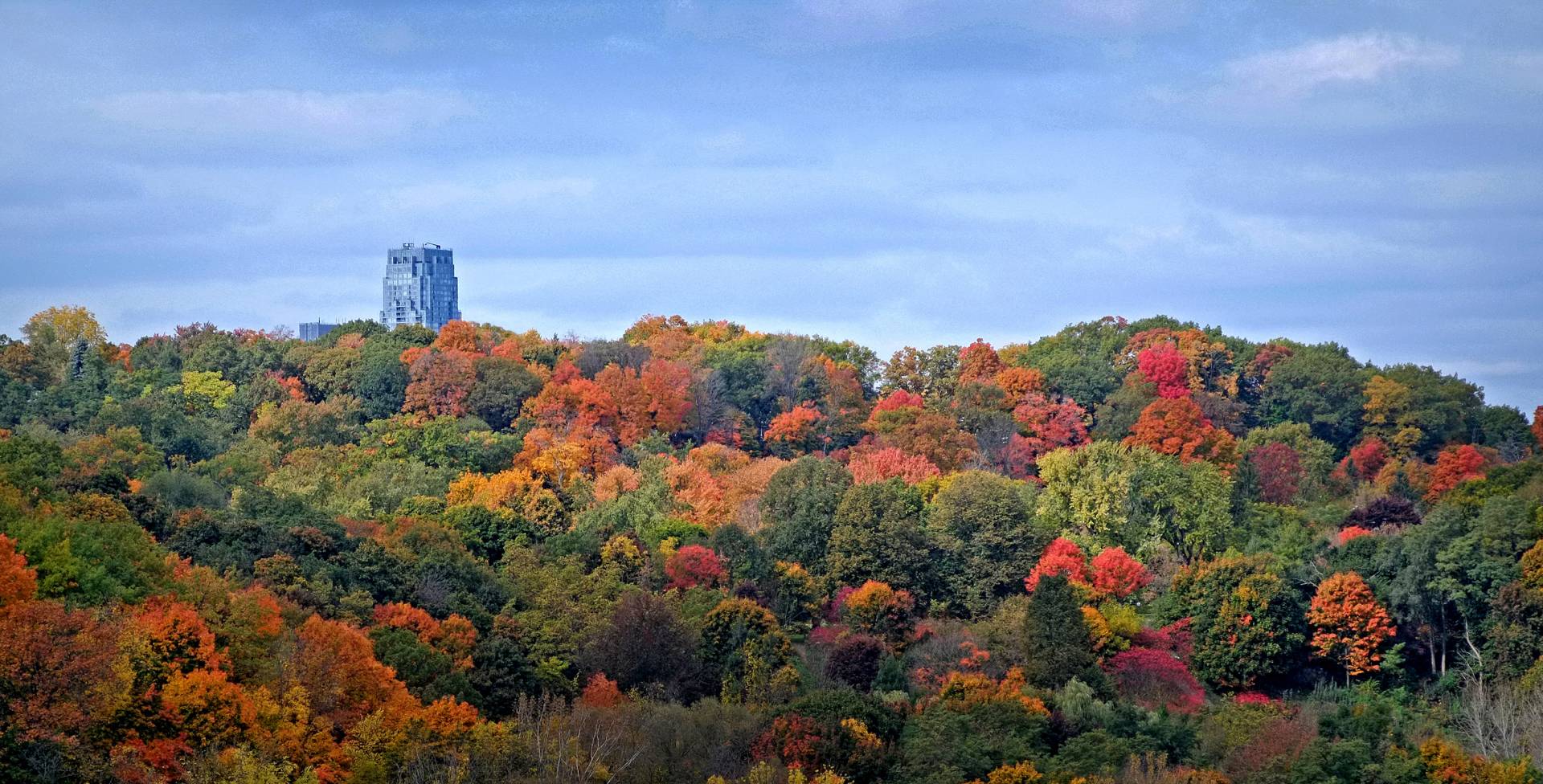



Very nice collection of Toronto scenes and architecture from over the years! I’m a Torontonian as well – glad to meet you neighbour! I’m especially loving that last shot of the theatre on the Danforth that was converted into an Esso/Tim Hortons/Circle K which is closer to my neighbourhood.
Hi Richard
I very much enjoyed viewing your photos and your commentary. Great technical work, but also strong theme coming through. In a sense reverse of yourself, I was born in Toronto, grew up and left for UK in my mid-20s. I finally returned for visit several years ago. A friend drove me around: I barely recognised the place! Your collection here I think brings out that aspect of a city changing, growing, but also helps me understand no matter what development, Toronto will always be my home town. Good work. (Any chance of a second installment?)
Hi Cliff,
A second installment is in the works, but I can’t promise a delivery date yet. As you can see from this example, I tend to take my time exploring a subject. It only took 45 years to get this story done, but hope to deliver the next article in a little less time that that.
Hi Richard,
a nice series of images. Particularly like the tractor.
Thanks for sharing and have a nice weekend
Jean
Thank you Jean. Your work is superb, so coming from you this is high praise indeed. I look forward to seeing more of your “travels”.
A most interesting article with a lovely range of images: a fine tribute to Toronto. I haven’t ever visited your city but feel I do know quite a lot about it now. Thanks for the article.
Hi David,
Thank you for taking a look and for your appreciation. I’ve been lucky with being in the right place at the right time over the years and capturing some decent images. A lot of duds have come and gone, but over the long run a few good pictures do accumulate.
Hi Richard,
What a wonderful range of images that span so many years. I really love the autumnal colours that span many of the shots.
If I had to pick a favourite, the Kodachrome M6 shot with the mist floating under the skyline – genuinely an epic image.
Have a great weekend.
Dave
Hi Dave,
Thank you for the high praise. I admit that shot is one I really like. I was driving along the waterfront to an early morning meeting and saw the scene in the rear view mirror. Much to the consternation of other drivers (it was a no stopping zone), I quickly pulled over, jumped out of the car and got the shot. It was pure luck that I looked in the mirror at the right time, another 200 years and the view would have been obscured.
Thanks for some great pictures!
I have travelled to Toronto a number of times over the years for work and always feel that Toronto and Chicago are in some way kindred cities. I always feel at home there.
Thank you! I’ve been to Chicago many times over the years, and I can see the resemblance. I think anyone not very familiar with street names and landmarks couldn’t tell which city they were in if they were dropped into the centre of either.
Thanks Richard for this very informative article and lovely pictures. The construction work photo is a favourite; classic street photography. My wife is from Montreal and although we have passed by the city a few times we have only visited the downtown once and that was back in the early 80s so it’s interesting to see how it has developed.
Thank you Kevin. I never really set out to document the city I live in, but over a period of 45 years, the images do pile up a bit. I’ve always been fascinated by the contrasts between manual and office work and the photo that illustrates it is one of my favorites.